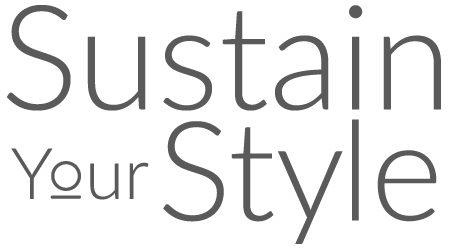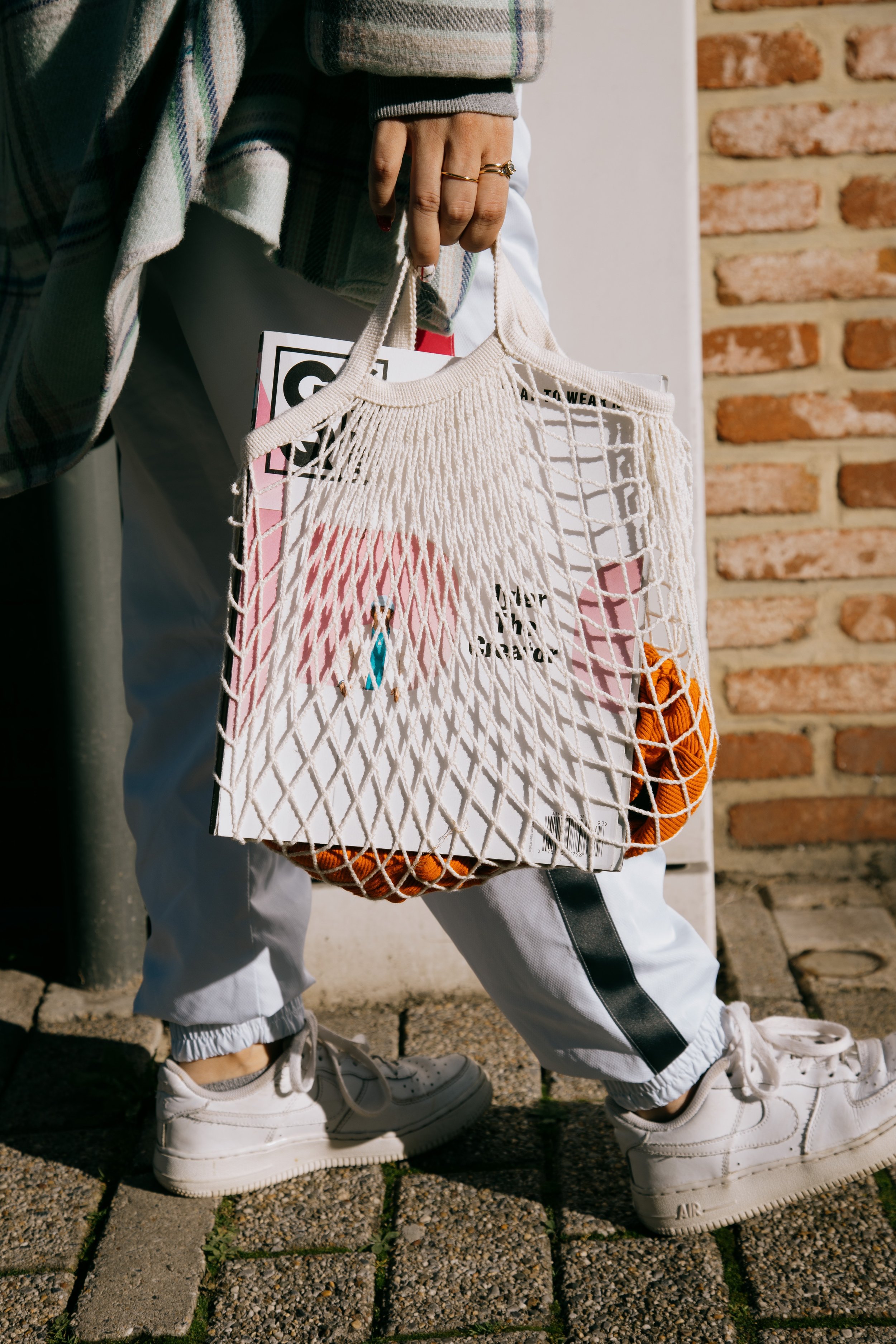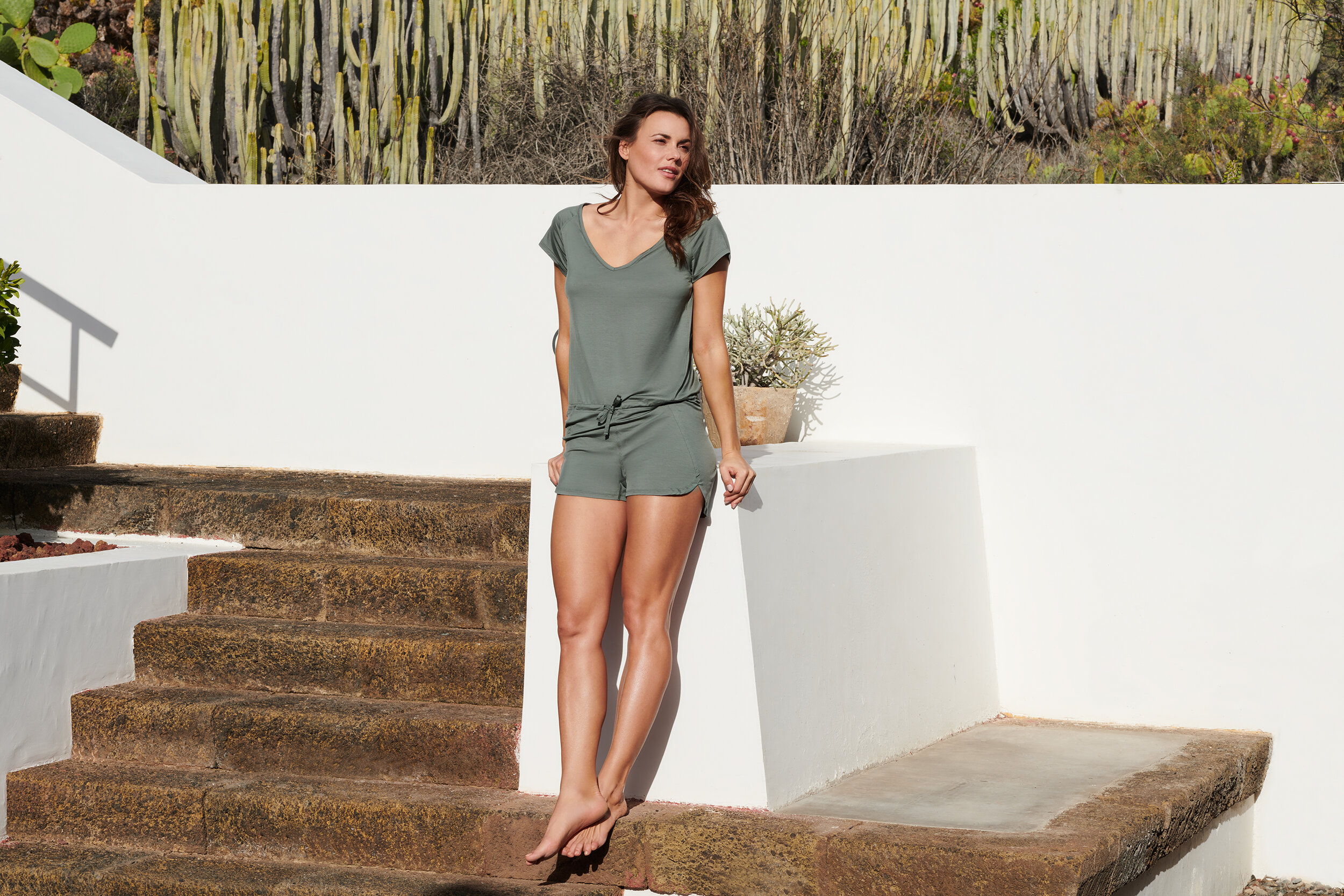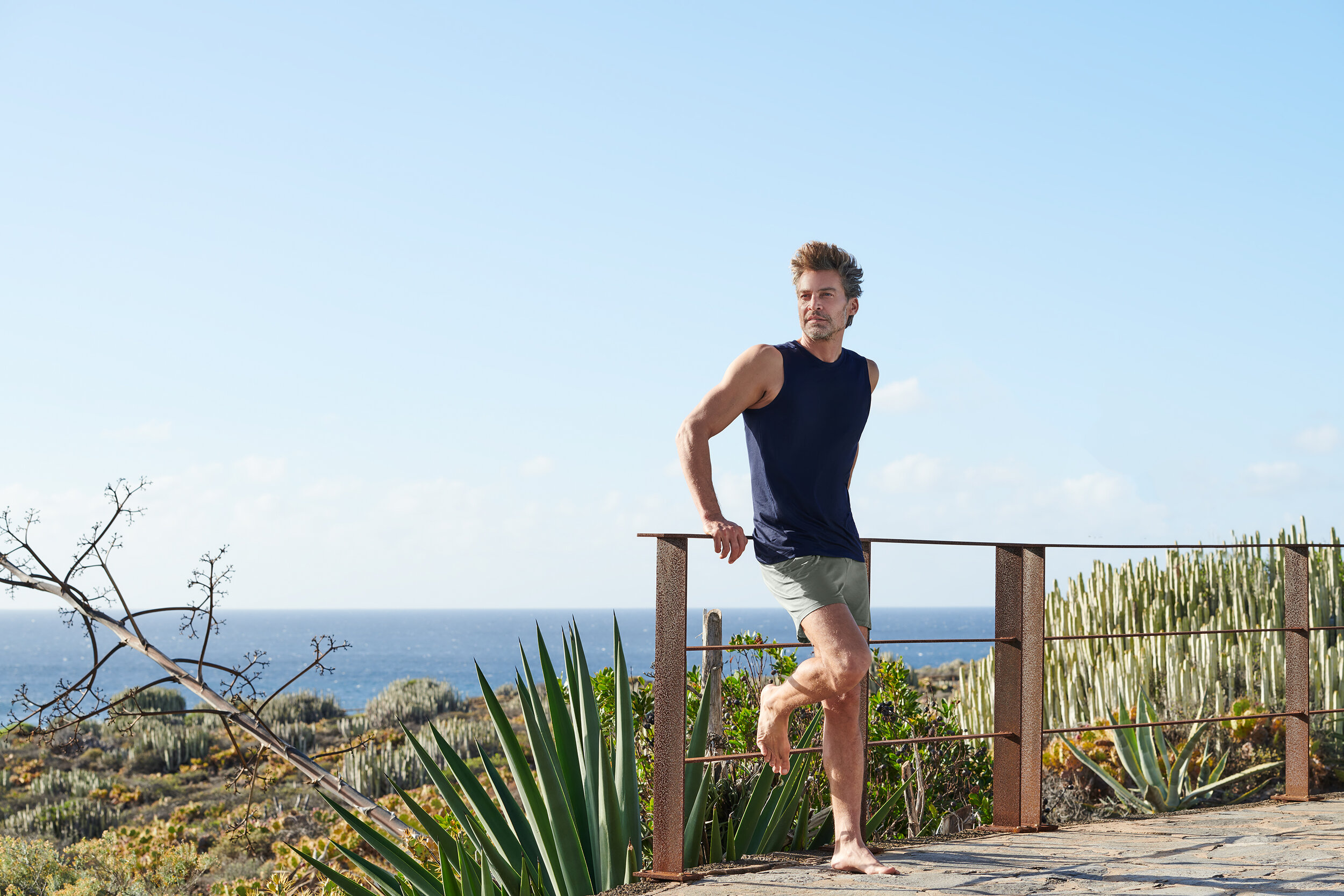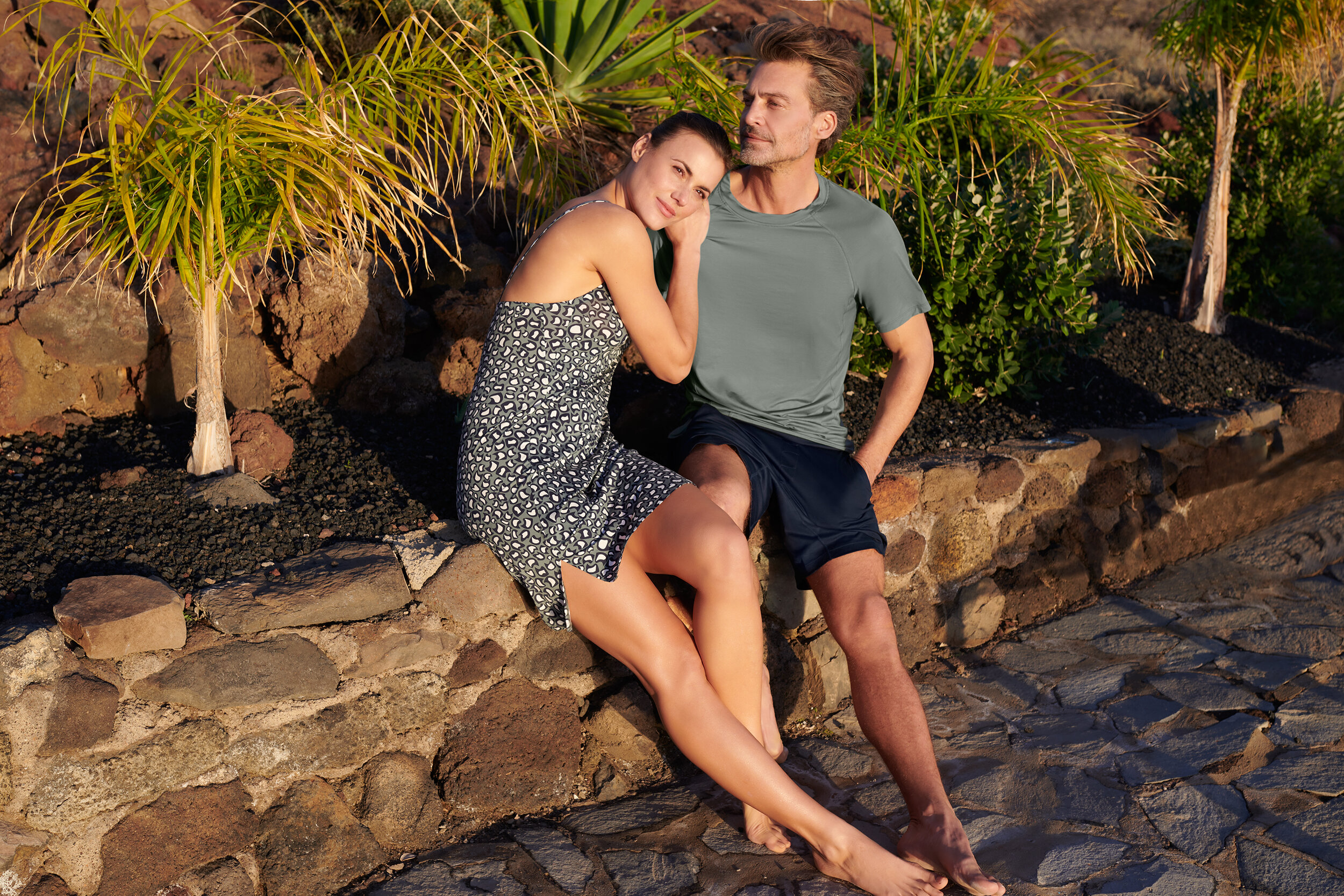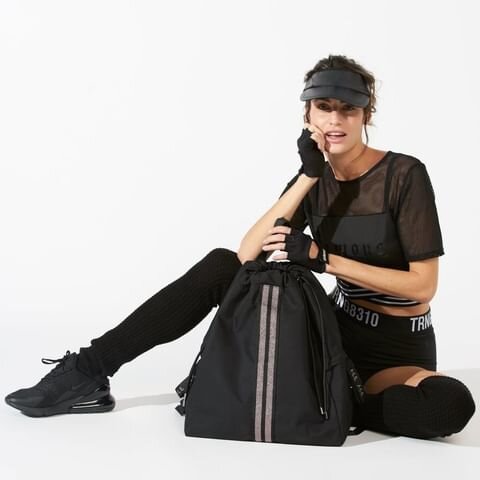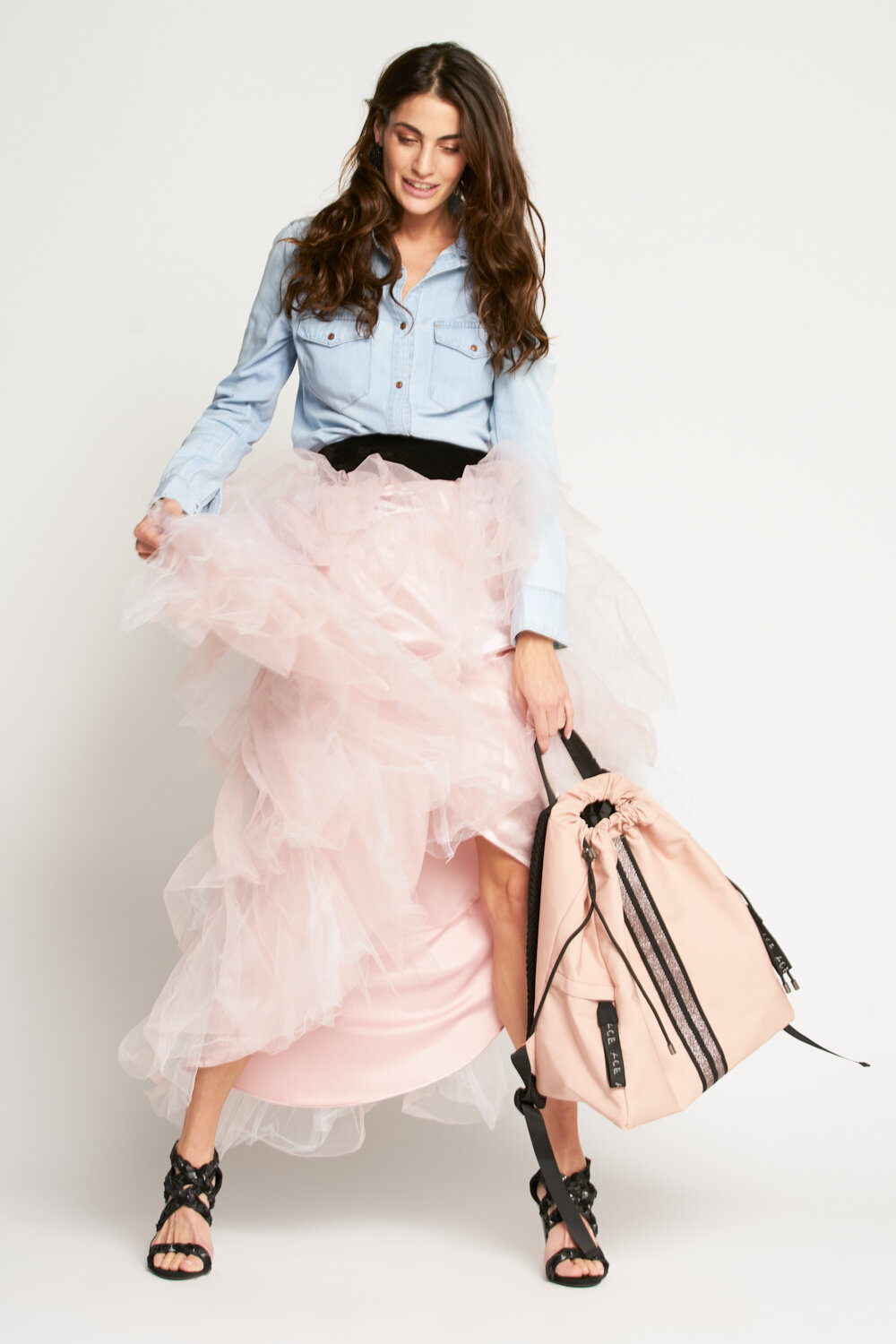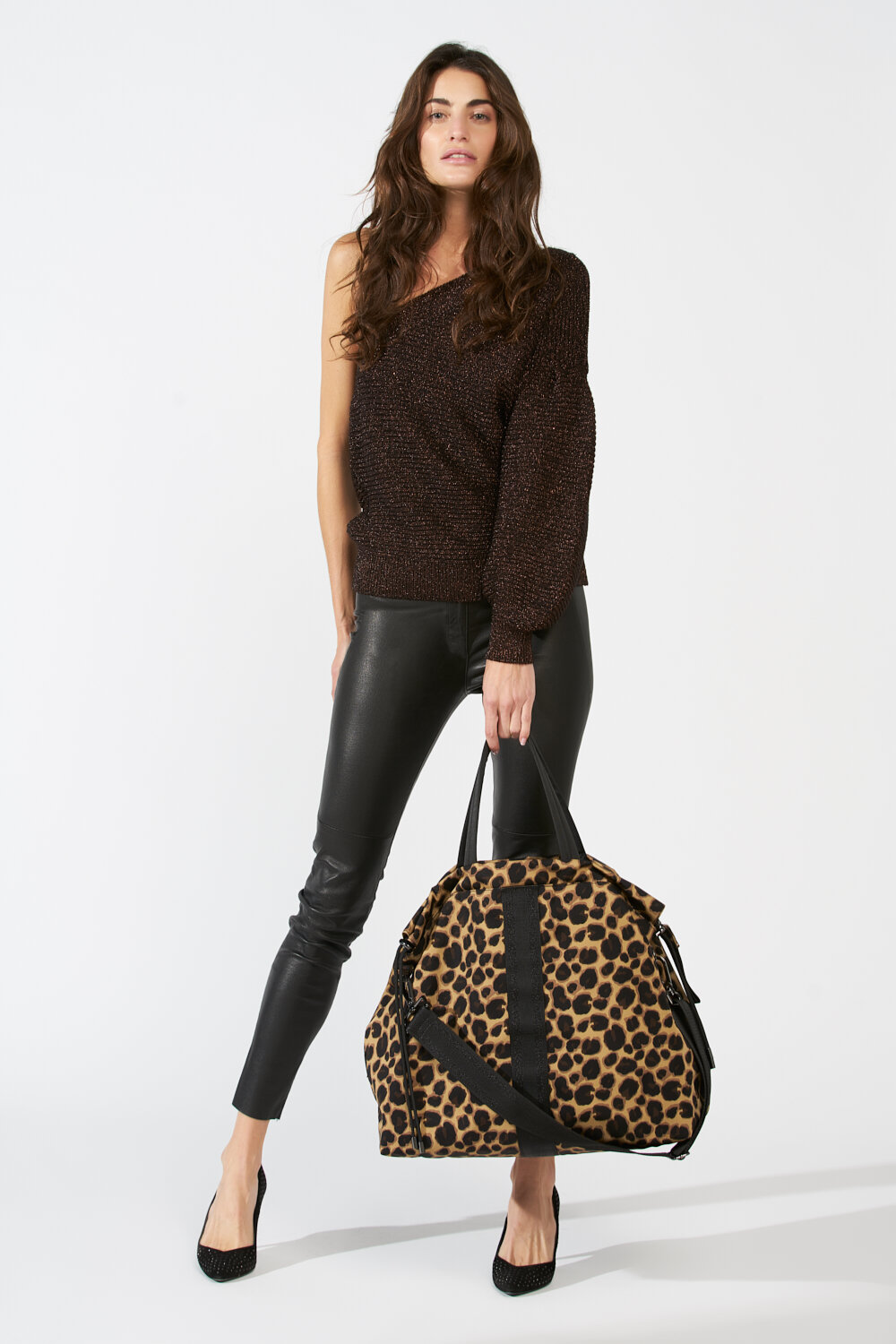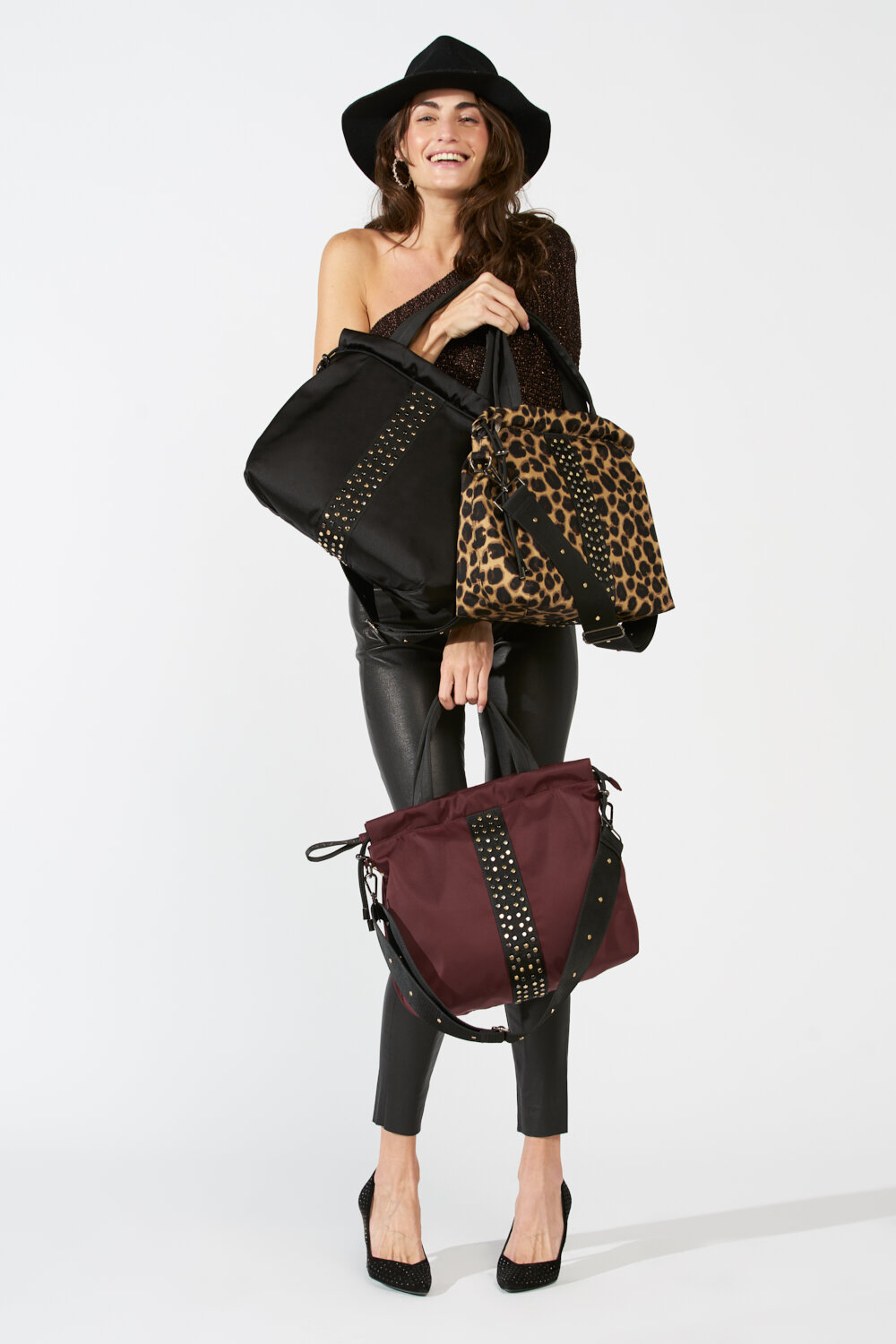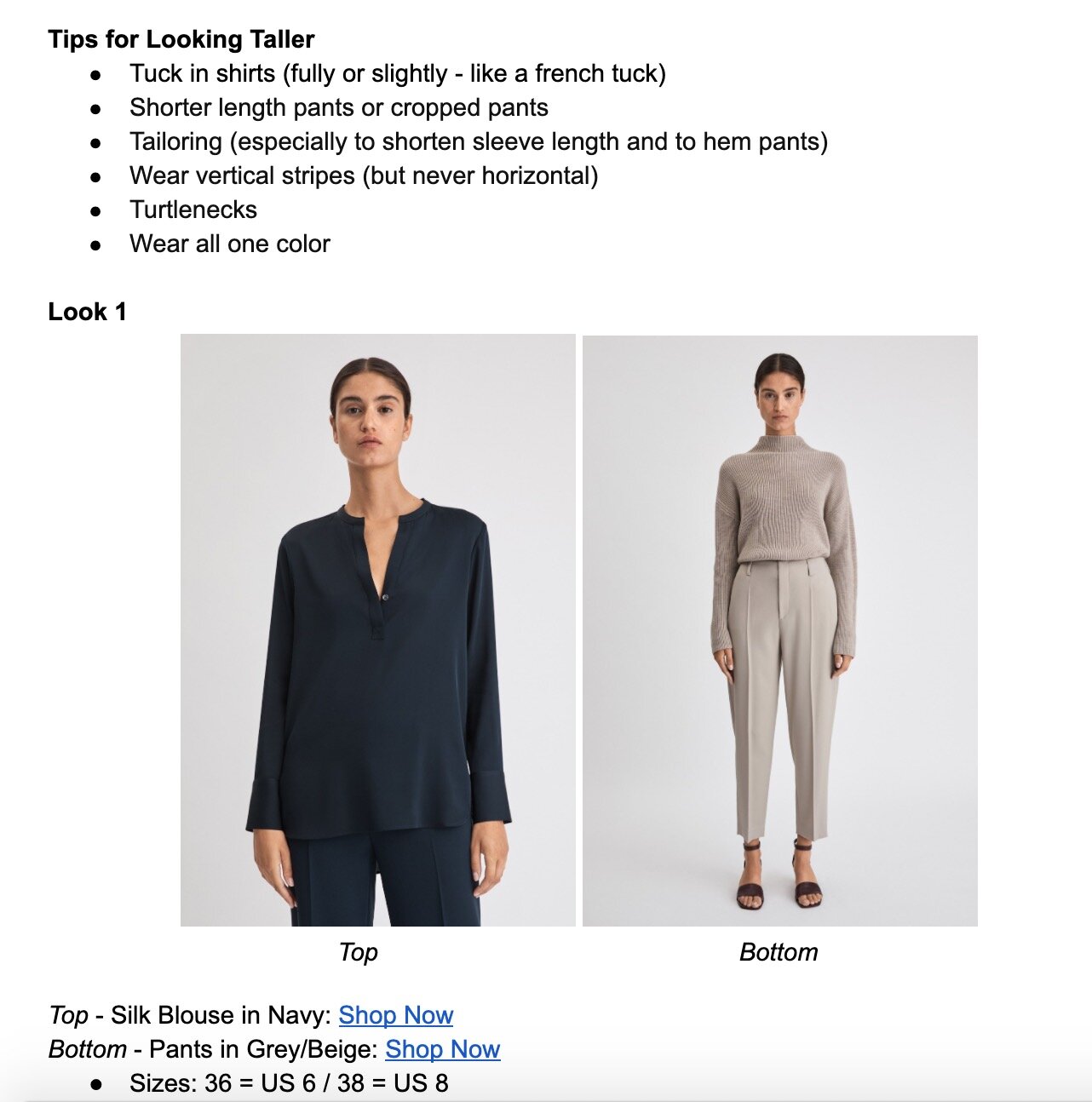When my brother, sister and I took our brand offline in 2017 to find a better way to make jeans, we allocated ourselves 6 months. A year and a half later we relaunched with all the sustainable tools we had spent the last 18 months learning and applying to our brand, and with that, we set Triarchy off in a shiny new sustainable direction.
However, running parallel to our mission to make jeans better, the word sustainability was quickly losing its integrity in the fashion world. The pandemic made it clear that consuming things simply for the sake of consuming them was going to be a tougher sell on the flip side of COVID and with that, brands either doubled down on actually making their businesses better, or they amplified minimal efforts as if they were their entire brands' ethos. With that, the ’S’ word began to take its tumble.
Greenwashing is not always malicious. Instead, it comes down to a lot of people (along the supply chain) taking “facts” at face value and passing them along to the final consumer without asking the hard questions as to whether or not these claims are true.
If something is too good to be true it likely is. I soon realized that by not asking tough questions, I wouldn't know the truth behind what I was passing along to our customers. I couldn’t operate a business, let alone myself if this was my style of stewardship. So with that, I realized that our sustainability journey was merely a tasting menu of the things everyone else wanted sustainability to mean, but it was up to me to find out what these things really meant.
Without a governing body, if you want to make claims, who is there to say otherwise? If a vendor tells a designer that a fabric’s stretch comes from recycled water bottles, and the designer takes that back to their team at face value, the marketing team might throw it on the wall of a store and say, "Hey, this is amazing, we use recycled water bottles." When a customer looks at it and thinks, "Hey this is amazing!” then, does this mean “job well done?” No actually, because the hard questions at the top of that conversation would be: "Oh, that's interesting, tell me more."
Is plastic that is meant to be made for water bottles suitable to be turned into stretch filaments for fabric? What was added to the plastic to give it this new life? Will it still shed microplastics?
Does recycled plastic keep the virgin plastic market thriving? Is recycled plastic just making new garbage from old garbage? At its end of life will recycled plastic sit in a landfill for 200 years?
I know this because I lived it, I bought into the recycled water bottle stretch story and we ran with it, but I knew something didn't feel right. I began shouting about the fiber separation technologies that exist, and they do, and they are great, but my common sense told me that if I am not making sure the garments we make end up at one of these facilities then I can't really shout about how this technology is going to solve all of our garments end of life problems.
Additionally, if at any point in the garment's life someone removes the care label, then these technologies won't make much of a difference because if they don't know what the fiber content is, they can't separate it. All of a sudden the fabulous recycled water bottle story develops so many holes the bottle itself wouldn’t be able to hold a drop of water, and because of that, we realized that it wasn’t only un-sustainable but it was this game of sustainable telephone that was diminishing the integrity of the 'S' word.
Putting aside the conversations about plastic initially intended for water bottles on our skin, I think it’s amazing that we can turn things like plastic water bottles into stretch filaments for the fabric to be used in clothing. Finding a use for something that would otherwise sit in a landfill is of course a great innovation, but what I cannot align with is how simply re-purposing plastics is all of a sudden sustainable? And if I use this tech, I’m sustainable? Go ahead and use it! Find ways to improve it. Come up with a scanning system to make fiber separation easier, run with it all, but don’t blindly buy into a fabric and then start shouting that the brand is sustainable because a supplier told you so. To me, that is greenwashing.
The word sustainability in fashion has lost its integrity because the only real sustainable brand would be one that doesn’t exist. If we're making new products from virgin and/or blended materials then we should stop using the 'S' word in relation to those products and the brand itself as it really doesn’t make any sense to do so.
However, if we take a step back on the alphabet, literally, we land on the letter R, which for me and my team stands for responsibility, a word which does still have integrity. Responsibility is a word I can get behind because it offers a framework to operate a brand within when trying to make jeans better and therefore better jeans.
Operating with responsibility means asking hard questions and not being afraid of what these questions are going to uncover because it’s only through uncovering the problems that we can come up with solutions.
PLASTIC-FREE PARTNERS
I eliminated plastic stretch from our brand in 2018 with our relaunch, and for a denim brand to not offer stretch jeans was problematic. However plastic stretch did not fit into our lens of responsible denim manufacturing, so it wasn’t an option for us. What this did, however, was starting to pique the interest of denim mills. When I would look at their collections and immediately tell them that I can't look at anything with poly-based stretch, recycled or not, that instruction instantly turned what could have been a 90-minute meeting into a 20-minute one. There was just so much less to look at.
In time, and through asking the tough questions, one of our denim mills in Italy, Candiani, took it upon themselves to develop a new kind of stretch. It was a composition of 96% Organic Cotton and 4% Natural Rubber, a natural and breathable stretch denim product that will not sit in a landfill for 200 years at its end of life. As it stands, like with most new technologies, this product uses virgin rubber, so we are already asking whether it can be done with recycled rubber. If so, would we need to add anything to the rubber to repurpose it into stretch to keep the loop of a natural stretch product going?
I brought it to market for women in 2019 and have since been able to offer stretch jeans year-round, with absolutely no plastic in the fabric; a denim brand with not one pair of plastic stretch jeans. For us, this was proof that by working through a lens of responsibility we could make tough decisions that impacted our business negatively for a while, but that also gave inspiration to our partners to find new and better ways to make what we all know and love when it comes to denim, and once that technology was ready for use, we could adopt it and share it with the world.
Putting this story on a wall in a store is something I can get behind because when removing my ego from the whole process, I realized that for me, and Triarchy, sustainable was not a word that resonated with the realities of what we were doing. Not to mention the complete lack of understanding as to what that word even means in relation to the fashion industry.
FROM SUSTAINABLE TO RESPONSIBLE
If we all examined what we are doing and worried less about the current hype around the 'S' word, we would hopefully all come to the same conclusion and stop using it. The fast fashion retailers might kick it around seasonally with their sad offerings until it comes full circle to be used again with its intended meaning.
Responsibility, however, offers a fresh start. Unlike the 'S' word, we all know what “responsible” means. We know when we are making responsible vs. irresponsible decisions in life and business, so there are no excuses if you choose to operate under responsibility vs. the 'S' word.
I hope that the well-meaning in our industry collectively take a step back from S, to R, and that by doing so, we begin to separate the greenwashing from the well-intentioned who are here to do what they do, better.
About the author: Adam Taubenfligel - Creative director in Triarchy, learned everything about denim working on the factory floor in Italy, getting first hand experience from Italian denim masters. He's exploring the world in search of design inspiration and sustainable innovations within the fashion industry.
